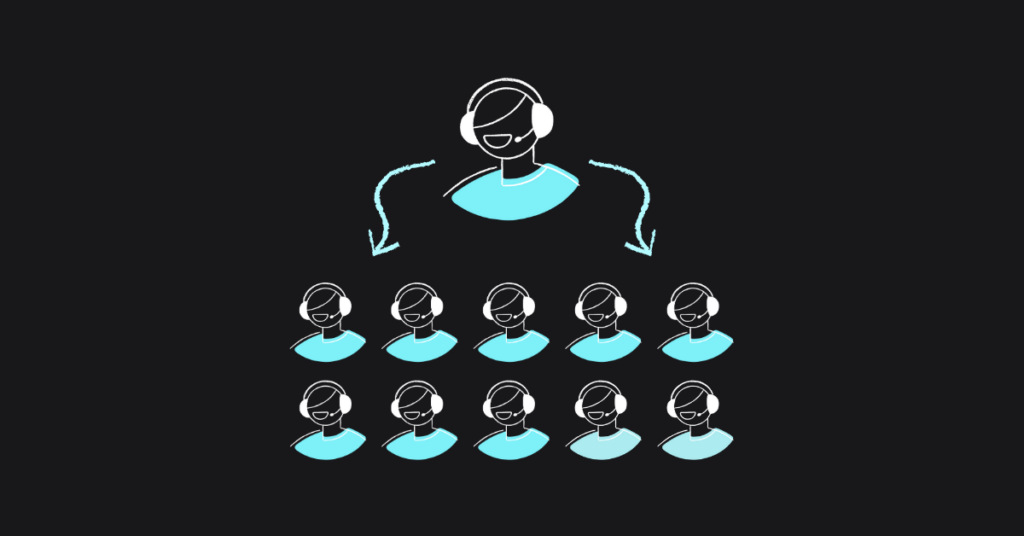
Table of contents
With each passing year, VoIP increases its hold on businesses and consumers alike. Even a decade ago, few people knew about or understood VoIP technology. Today VoIP is everywhere. Many of us may not know it but our phones are powered by VoIP technology under the hood. Organizations embraced VoIP for its increased capabilities and lower costs, compared to existing PSTN based systems.
Initial Problems with VoIP Technology
While VoIP adoption is accelerating, it has still not completely replaced the older phone network. There are many reasons for this including a few obstacles that the technology has had to overcome. Although VoIP can work on any Internet connection in theory, high-speed broadband is the best option. It means that there are many places around the world where VoIP calling is not possible because of the lack of Internet.
Unlike traditional phones that draw power through the outlet itself, VoIP phones need a separate power source. The twin requirements of a power source and Internet connection inhibited the growth of VoIP in the initial stages. Even today, some organizations forget that proper backup (Whether through cloud services or redundant hardware) is necessary for VoIP phone systems.
VoIP devices are truly portable and are not tied down to any particular location. On the one hand this is a distinct advantage as users are not tethered to a wire. On the other it prevents users from being able to access emergency services (first responders may not know which address they’re supposed to go to).
The first generation VoIP systems suffered from poor quality audio and are generally not reliable enough for businesses. Today the technology has improved by leaps and bounds to the extent where few people can tell the difference between VoIP and PSTN based calls.
The Switch to VoIP by Phone Companies
After that long journey, VoIP in 2017 looks very different from what it was at the beginning. Things have changed to an extent that many telephone companies are considering retiring the PSTN network in favor of VoIP altogether. Some countries are far behind others in this respect. Regulatory agencies in the US have already approved field trials for VoIP powered networks but there is still a long road ahead.
A fact that is not very well known among the general population is that even landlines are being powered by VoIP behind the scenes. The number of landline connections has steadily declined over the years, thanks to the growth in mobile and VoIP industries. Even those companies that used to operate traditional phone networks are now switching to VoIP, although it is quite slow. Again there are many reasons for this change.
The first and foremost reason is that VoIP makes business sense. Most people are now aware that VoIP is far less expensive than traditional phone calls. Some carriers have incorporated VoIP calling into their networks so that users make such caused by default. There are plenty of third-party apps and services that help users to reduce their monthly phone costs through VoIP as well. So phone companies need to find a way to monetize this new service instead of trying to fight it.
Another reason for the switch to VoIP is aging infrastructure. The older generation copper line network is becoming old and requires ongoing maintenance. More and more users switch to VoIP networks and services every year. So it makes little sense to keep repairing and fixing the PSTN network for the remaining low volume of calls. As the market demand for VoIP grows, there is no financial incentive for companies to maintain two separate networks that essentially serve the same purpose.
What Does the Future Hold for Telecom Companies?
The truth of the matter is that any company in the telephone industry has to become a ‘VoIP’ organization of some sort. This is essential for survival, growth and success in the future. The VoIP sector is intensely competitive with hundreds of service providers competing for revenue and market share.
Enterprises are trying to either partner with or outright purchase other businesses that can augment their existing portfolio. Companies that offer IP PBX systems are purchasing hosted VoIP service providers. Smaller companies are merging to form bigger organizations and compete better with others. Phone carriers – both fixed line and mobile – are converting their networks to support VoIP. At some point in the future, we will certainly see the retirement of the PSTN system as we know it.
We are a long way from the future where everything is based on VoIP technology. The rate of adoption will also be uneven across different countries. However almost everyone agrees that VoIP is the standard of the future. It means that sooner or later, every telecom company will become a VoIP company!
Read this post in: Español
More from the blog
Want to improve your business communication?
Unlock enterprise-class call center power at affordable prices – no hardware, no delays, no surprises!






